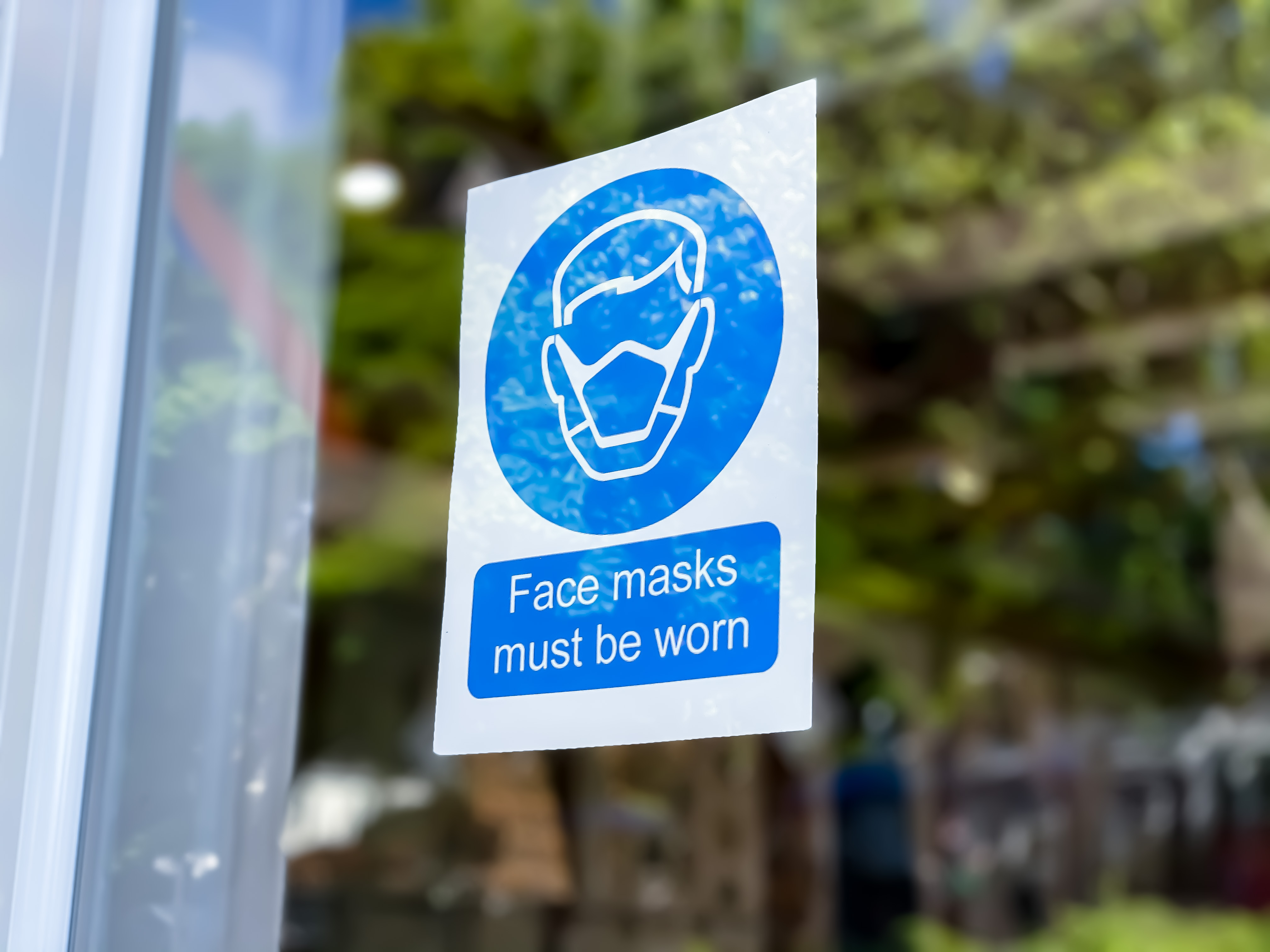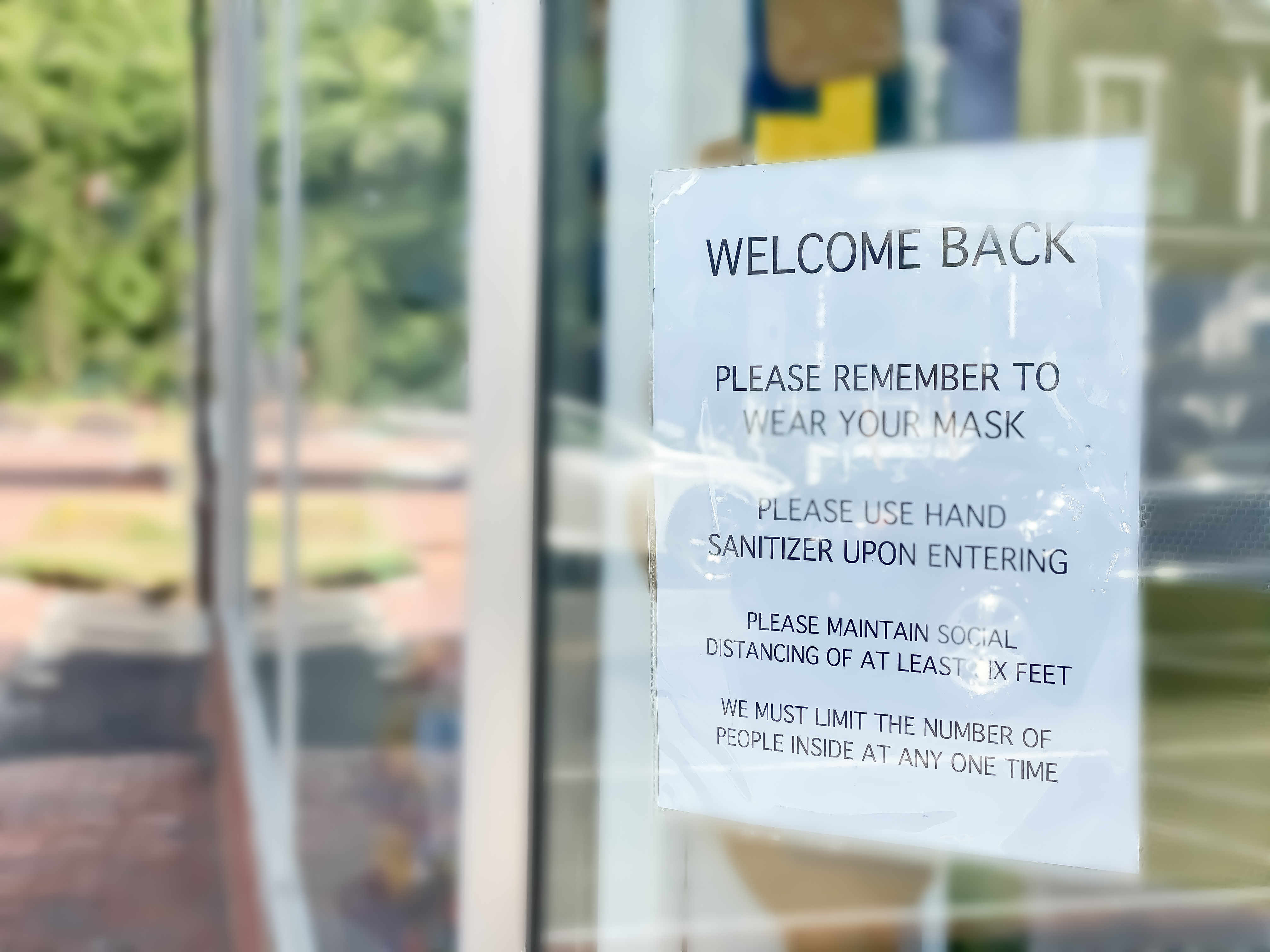Illinois isn't meeting the metrics required to move into its "Bridge Phase," a transition phase that would increase capacity limitations ahead of a full reopening, the state's health department said Friday.
Despite promising projections earlier in the week, the Illinois Department of Public Health said "a concerning possible trend in increasing COVID hospitalizations and case rates" in multiple regions could prevent the state from meeting the required metrics.
Those regions include Chicago, Cook County and Region 1, located in the Rockford area.
Since March 8, Illinois has seen 10 days of increases in the seven-day rolling average for hospital admissions, according to IDPH. At the same time, the COVID-19 test positivity has risen from 2.5% on March 10, to 3.3% on Friday.
"While these rates are certainly significantly lower than the peak, they represent a potential early warning sign about a possible resurgence," IDPH said in a statement.
Health officials have been warning of a worrisome rise in metrics, specifically in Chicago this week.
The city's daily case rate has increased by nearly 50% in the last week and seen six days of increases in its test positivity.
"The biggest thing driving this is increases in cases in our younger adults, and I want to highlight that," Chicago Department of Public Health Commissioner Dr. Allison Arwady said during a press conference Tuesday. "Unfortunately, these sorts of increases are just what we were seeing in October as we were starting to see the beginnings of what became our huge surge. It was really the same case rates and younger adults that started this."
Suburban Cook County has also seen its daily case rate increase by more than 40%, along with nine days of increasing hospital bed usage, according to IDPH.
Feeling out of the loop? We'll catch you up on the Chicago news you need to know. Sign up for the weekly Chicago Catch-Up newsletter here.
Meanwhile, Region 1 has seen eight days of increasing hospital bed usage and six days of increasing test positivity, state data showed.
In order for Illinois to move to the new "Bridge Phase," considered the final step before the full reopening, the entire state must meet the required metrics.
Those include:
- 70% of residents 65 years and older must have received a first dose;
- Hospitals must maintain 20% or greater ICU bed availability;
- Hospitalizations for COVID-19, admissions for COVID-like illness and deaths must hold steady or decline over a 28-day monitoring period.
"While Illinois is on pace to reach 70% first doses for residents 65 years and older in the coming days, IDPH is monitoring an increase in new hospital admissions for COVID, which will need to be appropriately addressed and resolved before moving into the Bridge Phase," the health department said in a release. "IDPH epidemiologists will continue to focus on the most recent 10 days to monitor any acute trends that prevent the state from reaching the Bridge Phase."
Gov. J.B. Pritzker had said Monday that Illinois was moving "rapidly" toward the "Bridge Phase," on track to potentially move into the new phase within days.
At the time, about 64% of the senior population in Illinois had been vaccinated.
"We're at about 64% of our 65 and older population getting vaccinated. We'll be moving to the Bridge Phase when we get to 70% and I think you've seen that we're adding about 1% of the 65 and over population every day," Pritzker said. "So rapidly we're moving toward the next phase."
Pritzker unveiled the Bridge Phase last week, announcing new metrics and guidelines that will allow for higher capacity limits at places like museums, zoos and spectator events as well as increased business operations during a transitional period between the current Phase 4 and before a full reopening in Phase 5.



